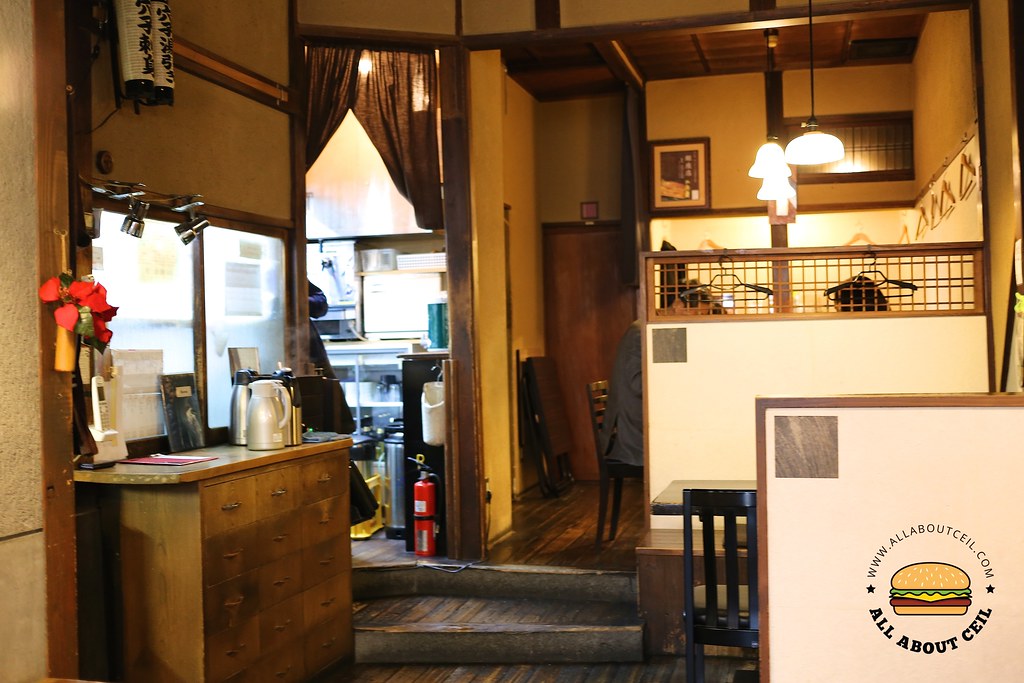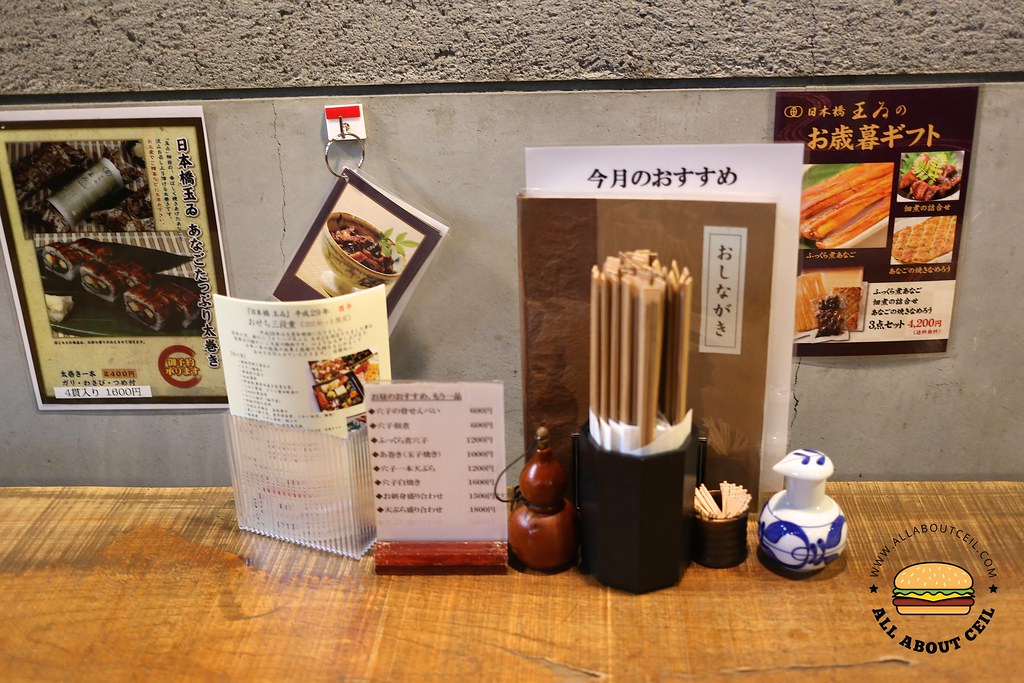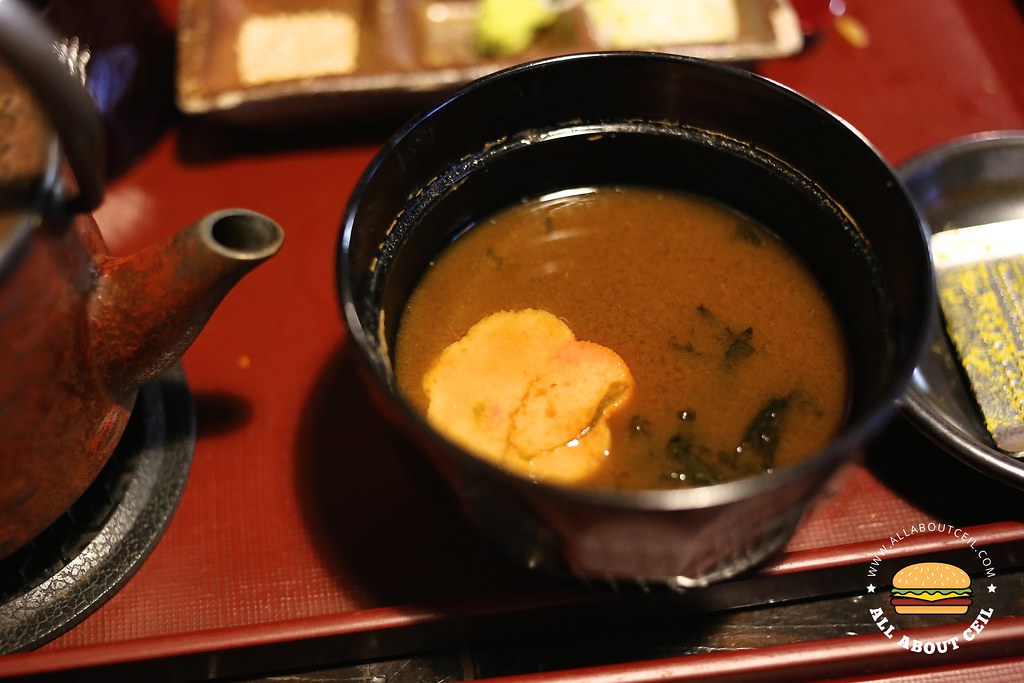This Michelin Bib Gourmand-rated eatery specialises in Anago, which is quite a rare find in Tokyo as most of them are specialised in serving Unagi. I went to their main outlet in Nihonbashi, located in an old Showa building that has a long history dated back to Showa 28 (1953). There is actually a difference between anago, a saltwater eel and the unagi, which is the freshwater eel, both are used very differently in Japanese cuisine. Unagi is known for its bold and rich taste but Anago is known for its incredibly soft texture and natural sweetness which melts in the mouth.
Hakomeshi is a must try if you are here, Hakomeshi is a term coined by Tamai to describe the style of eating their anago in the traditional Japanese lacquered boxes, which in the 1600s, were tiered into 3 to 5 layers as a convenient way to store and transport food. There are 3 different sizes, the small one at ¥1,750, the medium one at ¥2,950 and the large one at ¥3, 950.
When removed the lid, you will find the anago fillets neatly arranged on top, the yaki-age is grilled to smoky perfection and the ni-age, boiled to a perfect softness and both have been moistened with the special anago sauce.
It is also served with a bowl of miso soup and a saucer of Japanese pickles with condiments like freshly grated wasabi and yuzu zest, toasted sesame and slivers of scallion together with Japanese pepper that is found in a small bottle on the table.
To experience Tamai's Hakomeshi, first is to choose the type of anago, there is a choice of simmered in sweet sauce or cooked on grill, you could also choose to have both, it is serving on rice. To start, have a few bites in the original flavor to experience the fresh and seasonal anago. Then, for a change in flavor, add a touch of wasabi (Japanese horseradish) for a spicy mustard taste. Next, try sprinkle with some Japanese spices, like 'negi' (leeks) for a mild onion flavor and 'yuzu' for a fresh citric flavor. The English menu has the step-by-step instructions to follow.
Do not eat it all but left a quarter for the chazuke, a Japanese dish made by pouring the dashi (broth) over cooked rice. There is an empty metal teapot and an empty soup bowl on the tray. When nearing the end of the meal, the teapot will be filled with the flavorful broth that is made from the dried anago bones.
Do not eat it all but left a quarter for the chazuke, a Japanese dish made by pouring the dashi (broth) over cooked rice. There is an empty metal teapot and an empty soup bowl on the tray. When nearing the end of the meal, the teapot will be filled with the flavorful broth that is made from the dried anago bones.
Then, you are expected to place the cooked rice and the remaining anago into the small bowl then pour the hot anago dashi from the metal pot over it. You may also sprinkle the remaining negi and yuzu to flavor it.
Do try it if you happen to be in Tokyo.
Do try it if you happen to be in Tokyo.
TAMAI ANAGO
2-9-9 Nihonbashi, Chuo-ku, Tokyo, JAPAN
Operating Hours: 11.00 am to 2.00 pm / 5.00 pm to 9.30 pm (Mon to Fri)
11.30 am to 3.30 pm / 4.30 pm to 8.30 pm (Sat, Sun & PH)










No comments:
Post a Comment